Microscopic ‘bugs’ blow in the wind and stick to your feet. Disinfecting the floor and our feet deactivates CoV and that is why many countries are spraying the streets.
We sometimes refer to a virus as a “bug”. It actually isn’t a bug but it certainly falls into the category of parasites among other things humans dislike. We can kill bugs but viruses need deactivation wherever they occur, even on the floor.
Human-to-human transmissions of the COVID-19 in many epidemic regions have been described by clinicians as having incubation times between 2-10 days, facilitating the virus spread via human emitted water droplets, or contaminated hands and other surfaces. A recent evaluation of 22 scientific reports of all CoVs suggests the CoVID-19 can be active on surfaces for longer than its incubation period, nine days and more.
FPMag has called the COVID-19 virus a “protein sack of nucleic acid” and a “bag of single or multiple stranded DNS/RNA”; or ‘bug’. Using the common word ‘bug’ triggers an alarm awareness in computer programming and healthcare vernacular. It’s a bug in our systems.
by Micheal John and Sharon Santiago (The authors of this article are both medical professionals but do not offer medical advice in this article. See your doctor or public health officials for your jurisdiction. Check citations herein.)
Viruses are different than bacteria and many living organisms we call parasites or “bugs“. A backgrounder. What is a virus?
- Viruses have no arms and legs.
- They do not have wings.
- They are smaller than bacteria.
“Viruses are bundles of RNA, sometimes DNA and they are programmed to reproduce.” (Cite: “Molecular Cell Biology. 4th edition”, Lodish H, Berk A, Zipursky SL, et al. New York: W. H. Freeman; 2000.)
Viruses accomplish propagation by finding a living species’ organic cells and using the functional apparatus of those cells to make millions of copies of itself. The virus will connect to any target cell it can find but it has preferences. Each virus type has its own set of preferences and behaviours.
“Most viruses have either RNA or DNA as their genetic material. The nucleic acid may be single- or double-stranded. The entire infectious virus particle, called a virion, consists of the nucleic acid and an outer shell of protein. The simplest viruses contain only enough RNA or DNA to encode four proteins. The most complex can encode 100 – 200 proteins.” Cite: “Molecular Cell Biology. 4th edition”, Lodish H, Berk A, Zipursky SL, et al. New York: W. H. Freeman; 2000.
The cells they choose are important to scientists and to the infected persons. The COVID-19 tends to go after pulmonary receptors. That’s why persons who are elderly or have underlying weaknesses are especially vulnerable to the SARS-CoV-2 virus. Otherwise the human body does not make those cells available. That’s an oversimplification but it’s the basic point. Protect the elderly and the vulnerable members of your family.
Wash your hands (soap and water for minimally 20 seconds or use an alcohol-based (70% to 90% hand cleaner) while you read this and wash them often. Make that your new life habit. Use a clean disposable paper towel (not allowed for scrub-in) or better yet, air dry your hands. If you are using a spray bottle of 70% to 90% alcohol, spray your keyboard and mouse too and allow a moment or two to dry.
(Advice for healthcare professionals can be found at this site.)
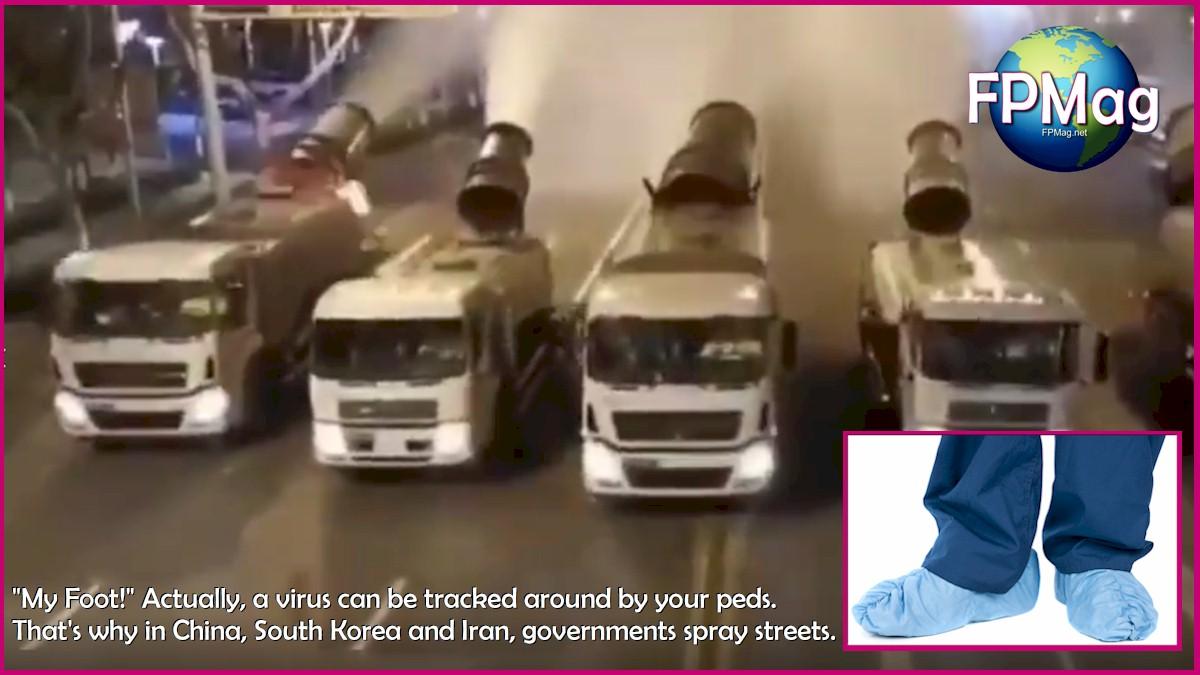 “My Foot!” Actually, a virus can be tracked around by your peds. Click the image ti watch a 15 second video.
“My Foot!” Actually, a virus can be tracked around by your peds. Click the image ti watch a 15 second video.
That’s why in China, South Korea and Iran, governments spray streets. Photo Credit, Sara Qin. Photo Art/Cropping/Enhancement: Rosa Yamamoto FPMag
Why spray your keyboard? Because the COVID-19 can sit on surfaces for nine days and still be valid.
“HCoV can persist on inanimate surfaces like metal, glass or plastic for up to 9 days, but can be efficiently inactivated by surface disinfection procedures with 62–71% ethanol, 0.5% hydrogen peroxide or 0.1% sodium hypochlorite within 1 minute,” says Dr. Kampf of the University Medicine Greifswald, Institute for Hygiene and Environmental Medicine. See below for study results.
 Why in China, South Korea and Iran, governments disinfect the streets. Photo Credit: Xinhua.
Why in China, South Korea and Iran, governments disinfect the streets. Photo Credit: Xinhua.
The headline of this article reads, “Clean the soles of your shoes of COVID-19”, and unless you are wearing ‘blue booties’ which you can discard with your protective gloves after removal of first bootie and then glove, your feet have tracked in things you don’t want in your home.
This photograph illustrates what we know and do in everyday life in our clinics about things like viruses that can stick to our feet and be tracked around to eventually infect people.
And this is why China, South Korea, Italy and Iran are spraying disinfectant on streets and concrete buildings.
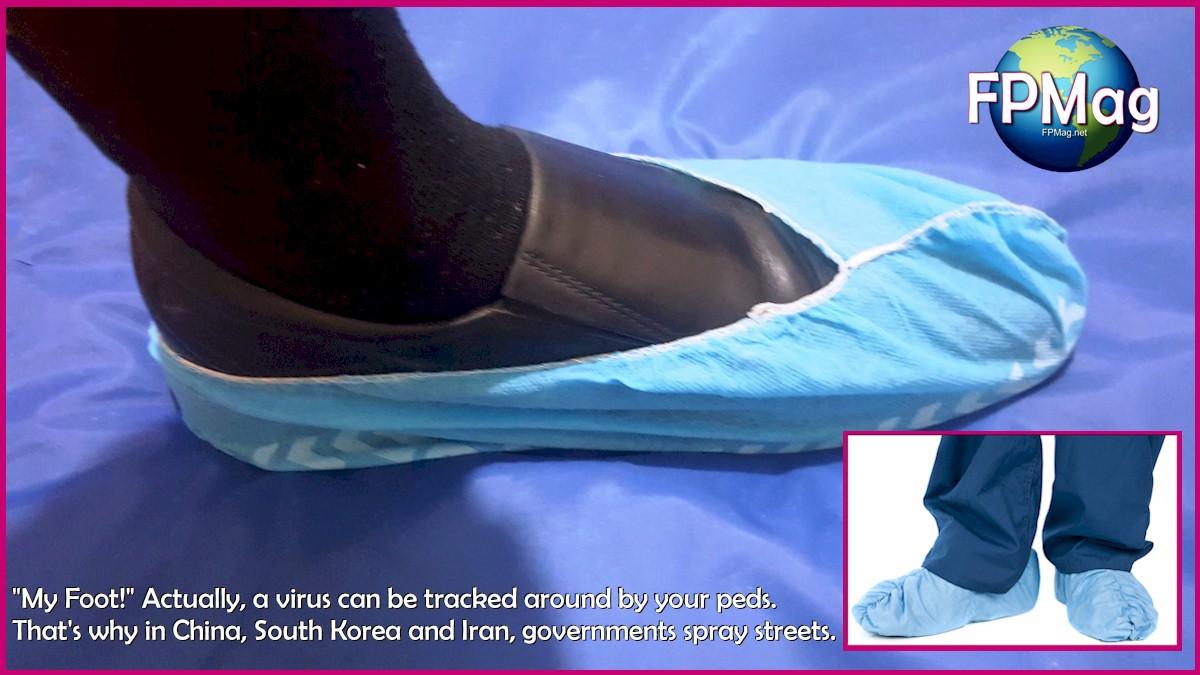 Micheal’s feet with personal protection equipment aka ‘blue booties’. Photo credit Sharon Santiago. Doctors, nurses, cleaning staff, and visitors to clinics, hospital units, or rooms where infection might be a threat to patients’ health, or COVID-19 isolation rooms. Visitors might be required to wear ‘blue booties’ an isolation gown, a mask, and gloves in these areas and discard them before they leave. In epidemic regions should you take extra precautions before and after leaving public places? Yes. Photo Art/Cropping/Enhancement: Rosa Yamamoto / Feminine-Perspective Magazine
Micheal’s feet with personal protection equipment aka ‘blue booties’. Photo credit Sharon Santiago. Doctors, nurses, cleaning staff, and visitors to clinics, hospital units, or rooms where infection might be a threat to patients’ health, or COVID-19 isolation rooms. Visitors might be required to wear ‘blue booties’ an isolation gown, a mask, and gloves in these areas and discard them before they leave. In epidemic regions should you take extra precautions before and after leaving public places? Yes. Photo Art/Cropping/Enhancement: Rosa Yamamoto / Feminine-Perspective Magazine
A virus can be active for nine days on a cold damp surface.
The emergence of a novel human coronavirus, also known as SARS-CoV-2, has awakened many people in the public domain to things that medical professionals have always known for at least the past century.
The COVID-19 also called the SARS-CoV-2, has become a global health threat causing severe respiratory tract infections and lower respiratory failure in humans.
Human-to-human transmissions in China, South Korea, Iran and Italy have been described with incubation times between 2-10 days, facilitating its spread via droplets, contaminated hands or surfaces.
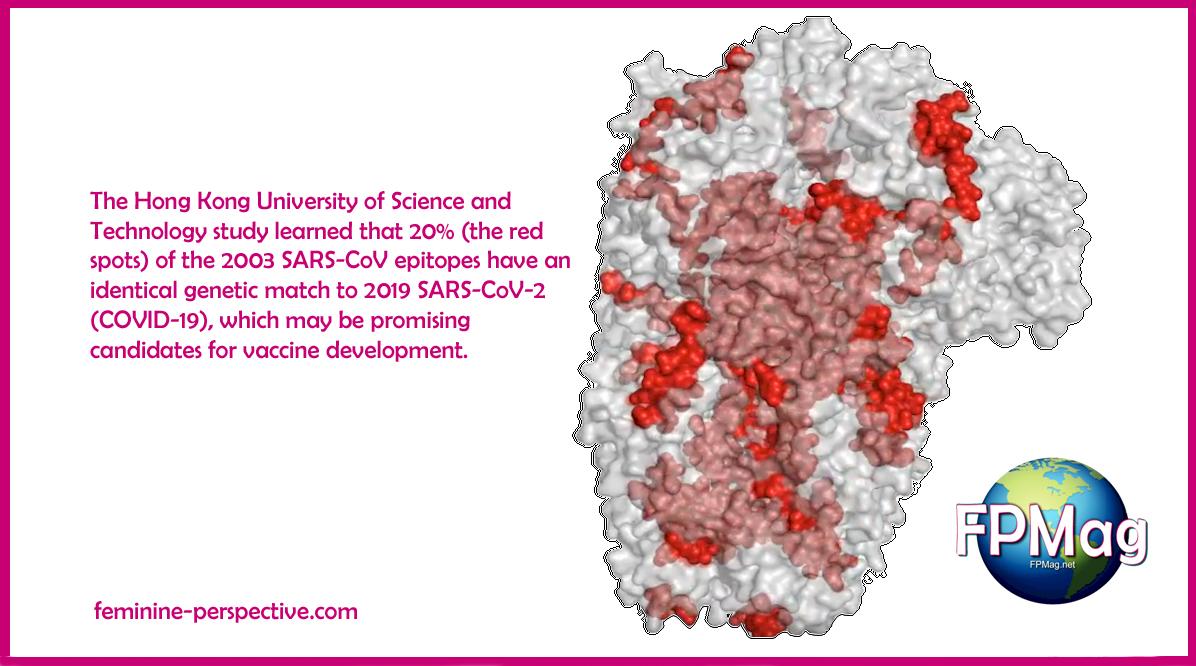 SARS CoV Spike Protein can be valid from two to 28 days depending on the environment. Most often it remains actiive for nine days says study of 22 scientific reports on the various CoVs. Photo credit: Captured from video and redrawn. Photo Art/Cropping/Enhancement: Rosa Yamamoto / Feminine-Perspective Magazine
SARS CoV Spike Protein can be valid from two to 28 days depending on the environment. Most often it remains actiive for nine days says study of 22 scientific reports on the various CoVs. Photo credit: Captured from video and redrawn. Photo Art/Cropping/Enhancement: Rosa Yamamoto / Feminine-Perspective Magazine
Study of previously discovered CoVs Yields Startling Conclusions. They can hang around for up to 28 days.
“On different types of materials it [COVID-19] can remain infectious for from 2 hours up to 9 days. A higher temperature such as 30°C or 40°C reduced the duration of persistence of highly pathogenic MERS-CoV, TGEV and MHV. However, at 4°C persistence of TGEV and MHV can be increased to = 28 days. Few comparative data obtained with SARS-CoV indicate that persistence was longer with higher inocula (Table I). In addition it was shown at room temperature that HCoV-229E persists better at 50% compared to 30% relative humidity. See: PIIS0195670120300463
Study: Persistence of coronaviruses on inanimate surfaces and their inactivation with biocidal agents
“We reviewed the literature on all available information about the persistence of human and veterinary coronaviruses on inanimate surfaces as well as inactivation strategies with biocidal agents used for chemical disinfection, e.g. in healthcare facilities,” notes Dr. Kampf of the University Medicine Greifswald, Institute for Hygiene and Environmental Medicine.
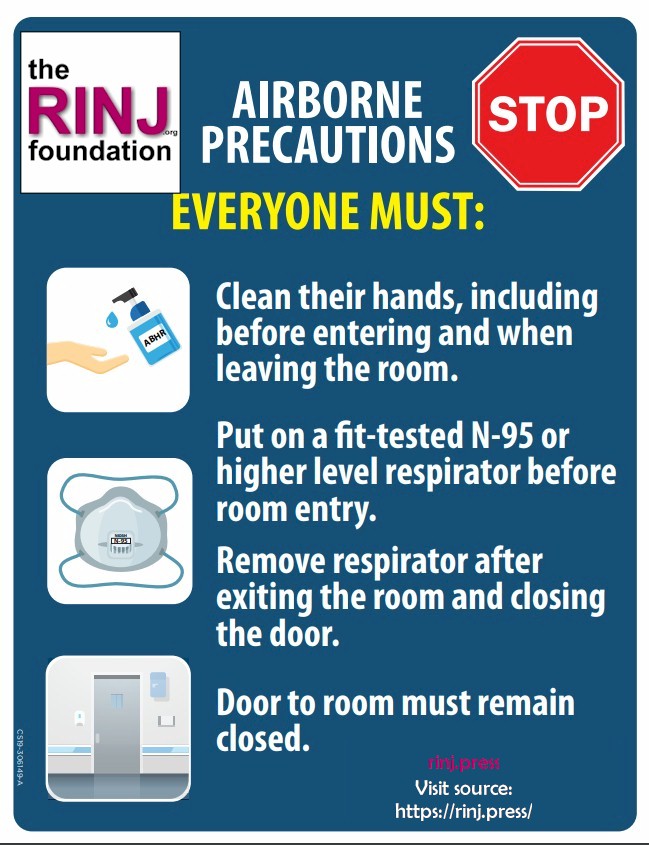
So how does one clean the virus off the floor?
“Analysis of 22 studies reveals that human coronaviruses such as Severe Acute Respiratory Syndrome (SARS) coronavirus, Middle East Respiratory Syndrome (MERS) coronavirus or endemic human coronaviruses (HCoV) can persist on inanimate surfaces like metal, glass or plastic for up to 9 days, but can be efficiently inactivated by surface disinfection procedures with 62–71% ethanol, 0.5% hydrogen peroxide or 0.1% sodium hypochlorite within 1 minute,” says the report.
Bleach the virus. Yes.
 Bleach
Bleach
Hydrogen Peroxide-based Sanitization
According to Dr. Anderson of The RINJ Foundation, The Nurses Without Borders have been using hyrdrogen-peroxide-based sanitization that they mix themselves or commercial products like “D7” as a cleaner in clinics they have run or worked at in war zones and in highly infectious camps around the world.
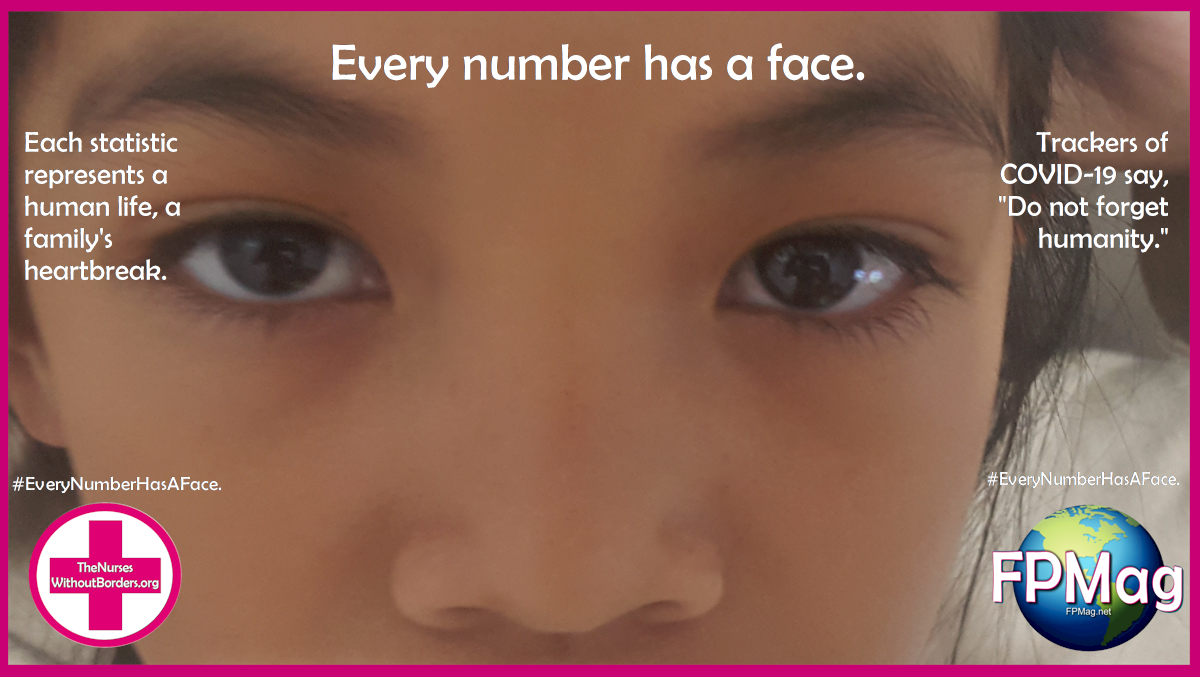 Every number has a face. Photo Credit: Melissa Hemingway / FPMAG
Every number has a face. Photo Credit: Melissa Hemingway / FPMAG
Live Updates in the COVID-19 Pandemic
The following sources are available to readers. FPM.news and The Nurses Without Borders make direct contact and interview colleagues and sources close to the information around the world to track events and statistics.
- The People’s Republic of China
- Canadian Department of Health
- US Centers for Disease Control
- Hong Kong Global Tracking (PDF)
- Philippines COVID-19 Tracker
- Iran News Agency
- Govt. of Ireland
- Australia DoH
- Australia Public Information (PDF)
- Ministry of Health, Singapore
- Ministry of Health and Welfare, South Korea
- Province of Ontario, Canada CoronaVirus Info
- Province of Ontario, News Room
- WHO
- Government of New Zealand
- MRC Centre for Global Infectious Disease Analysis
- US Washington State Health Department